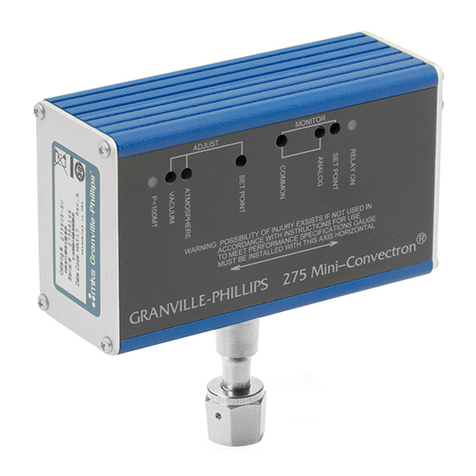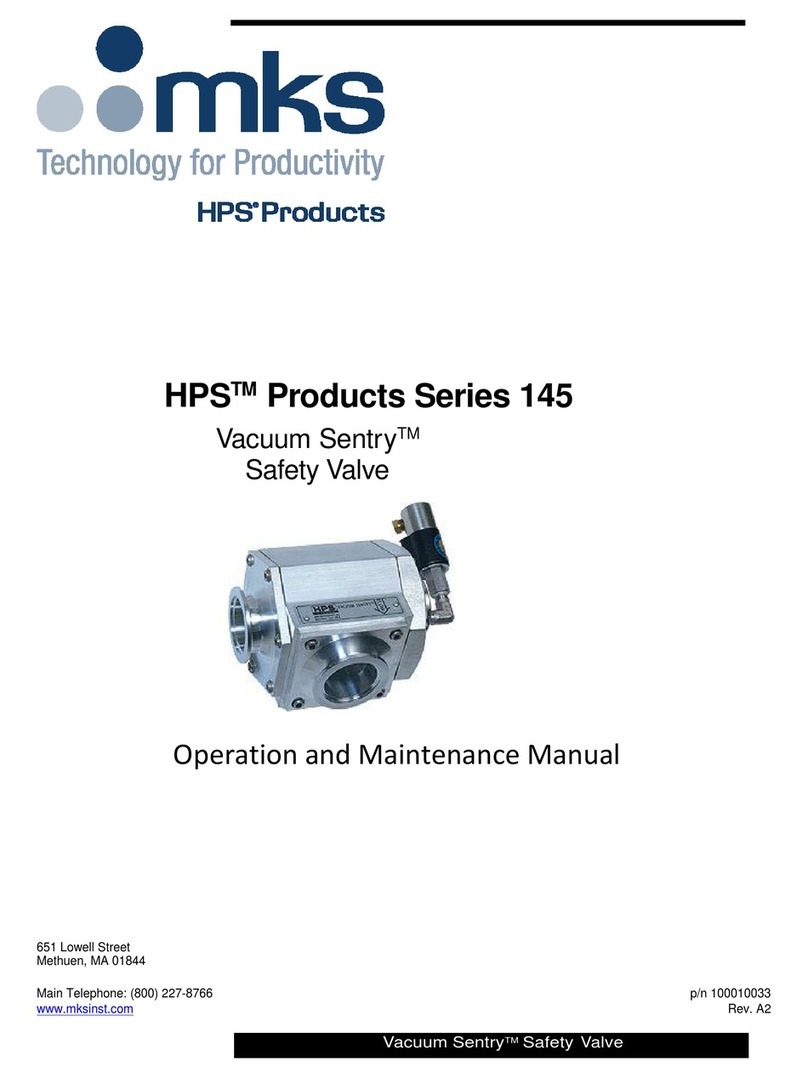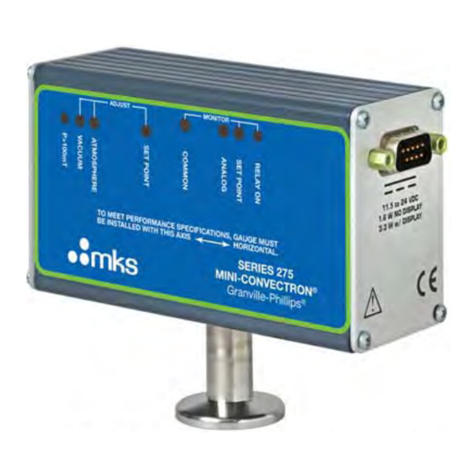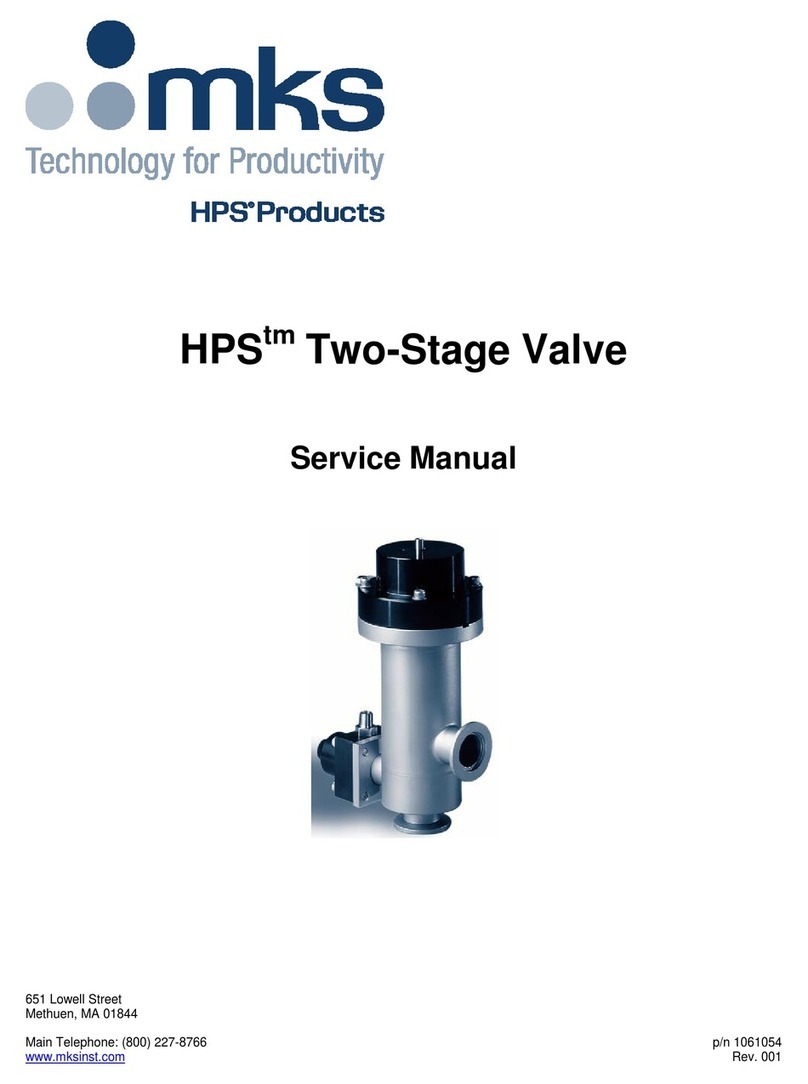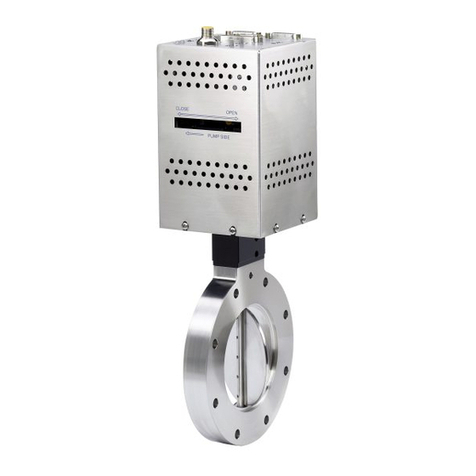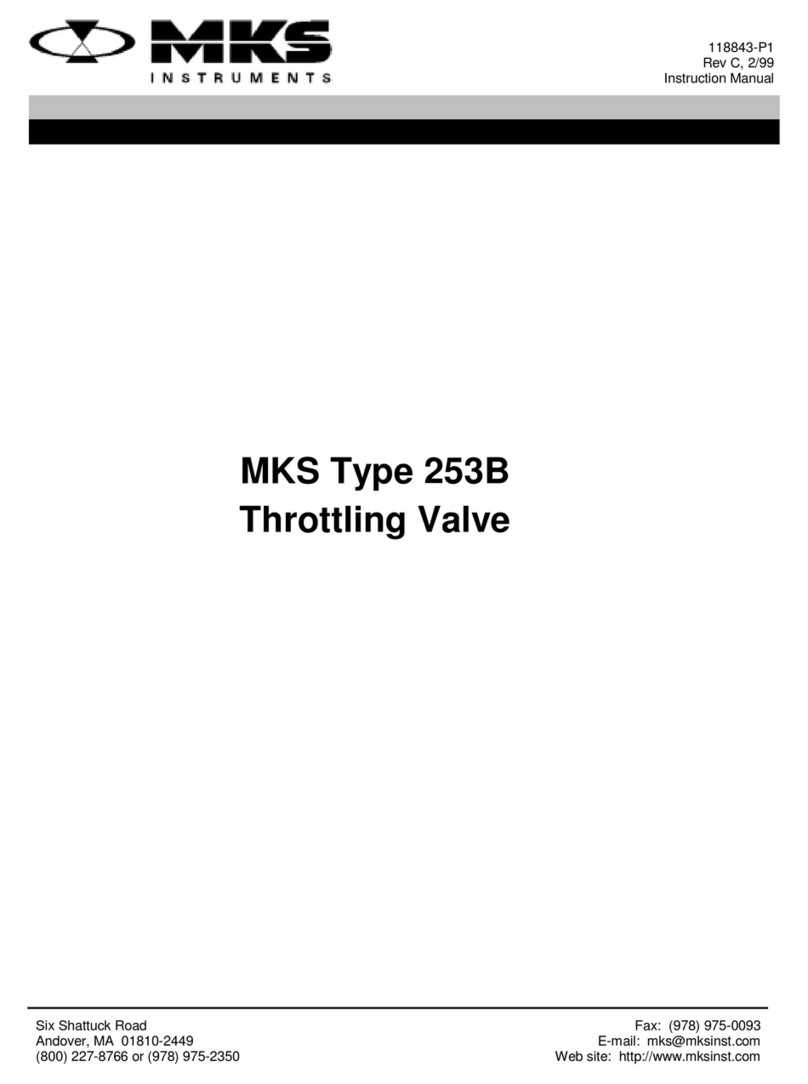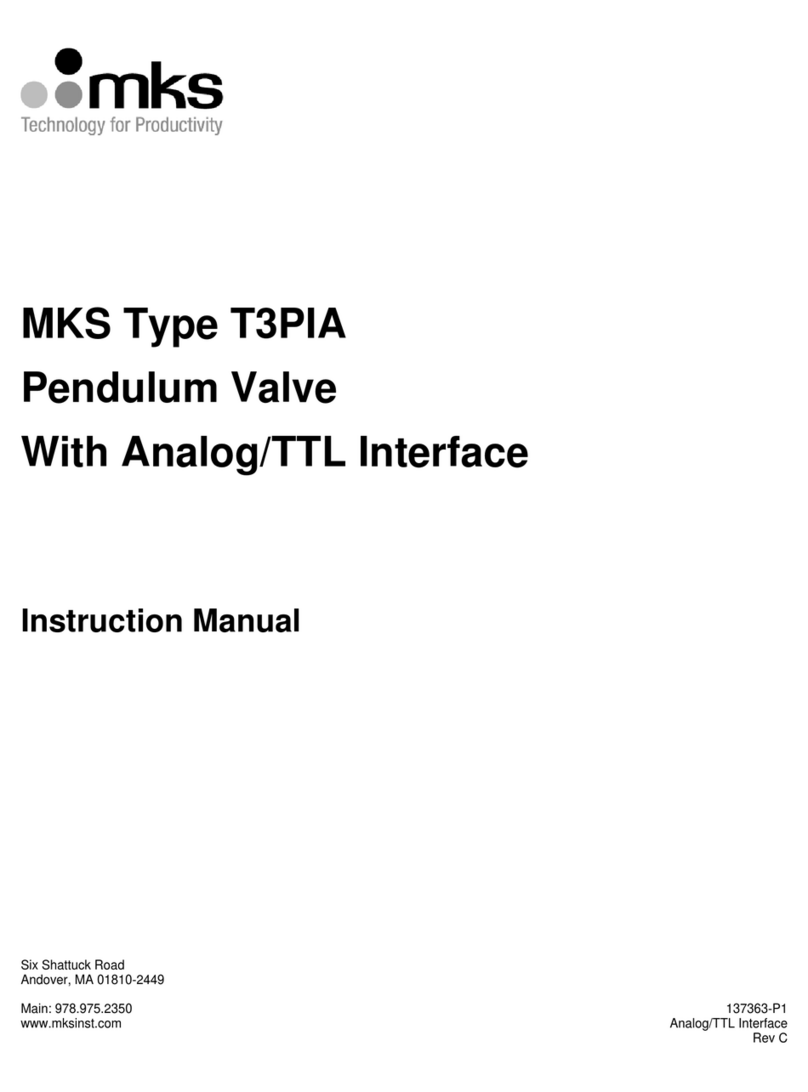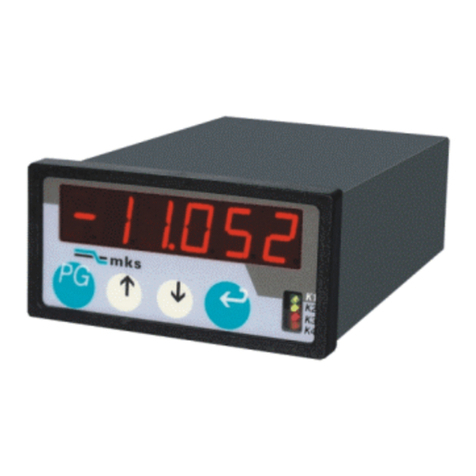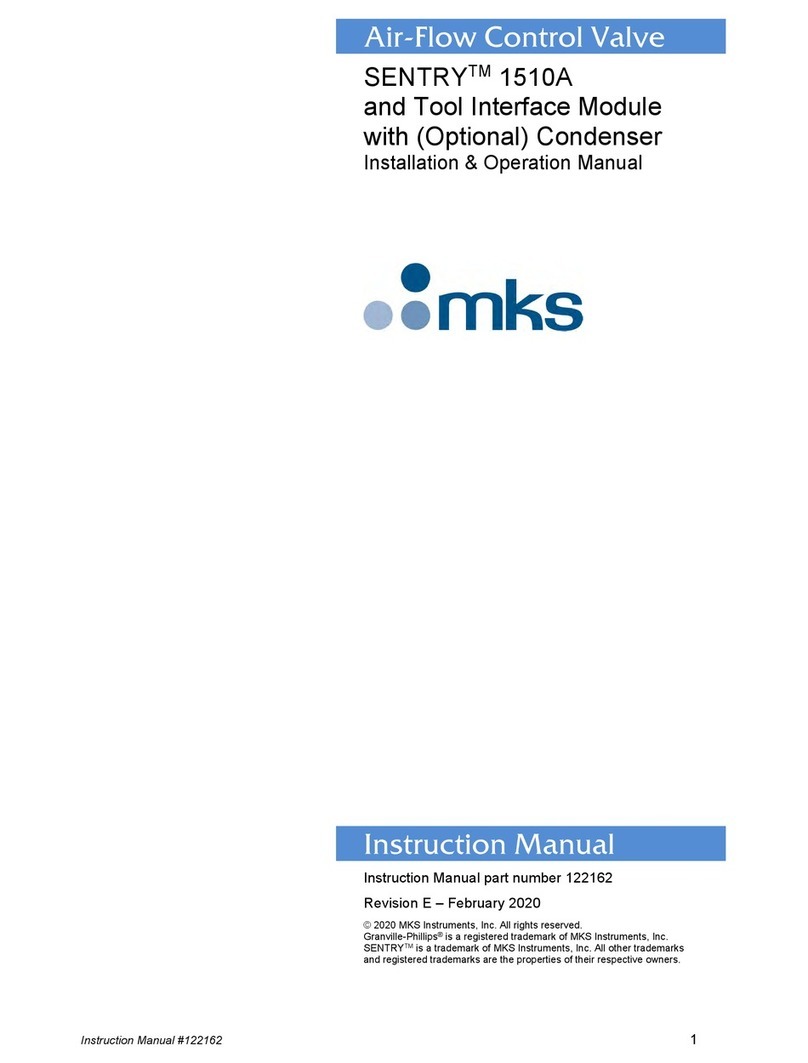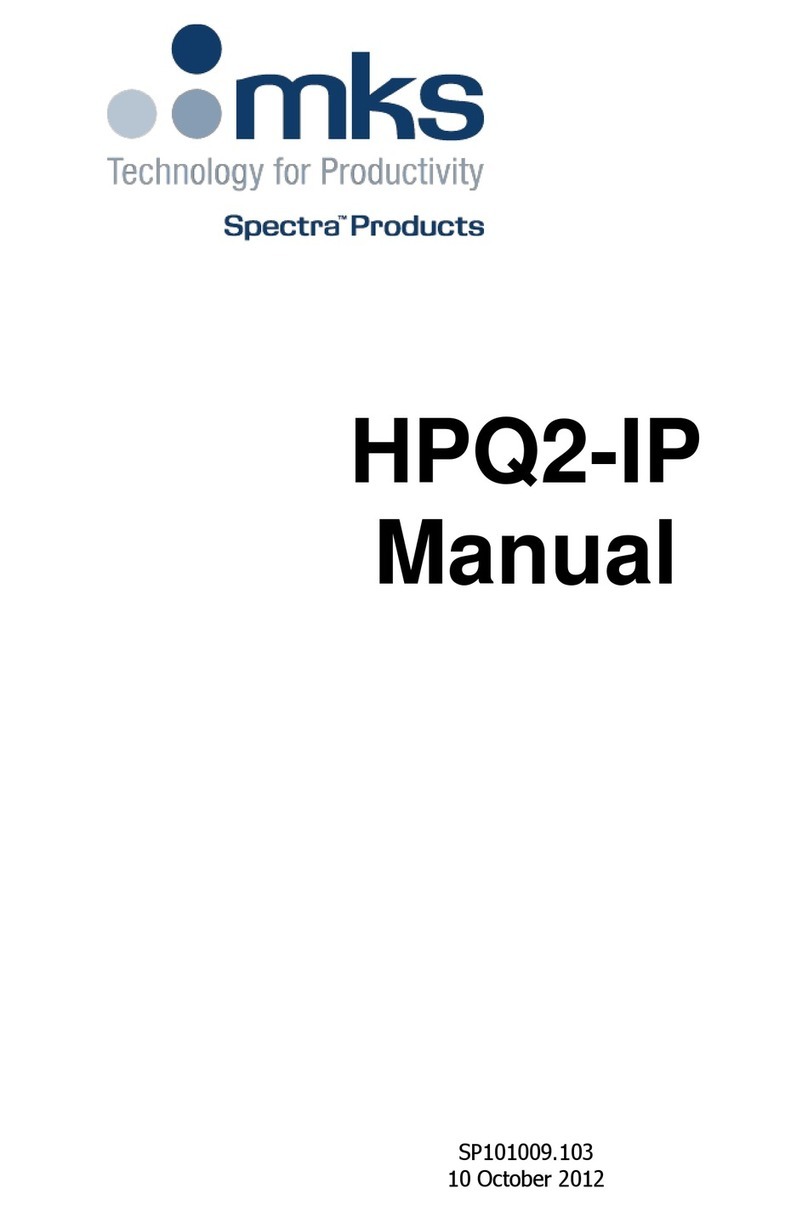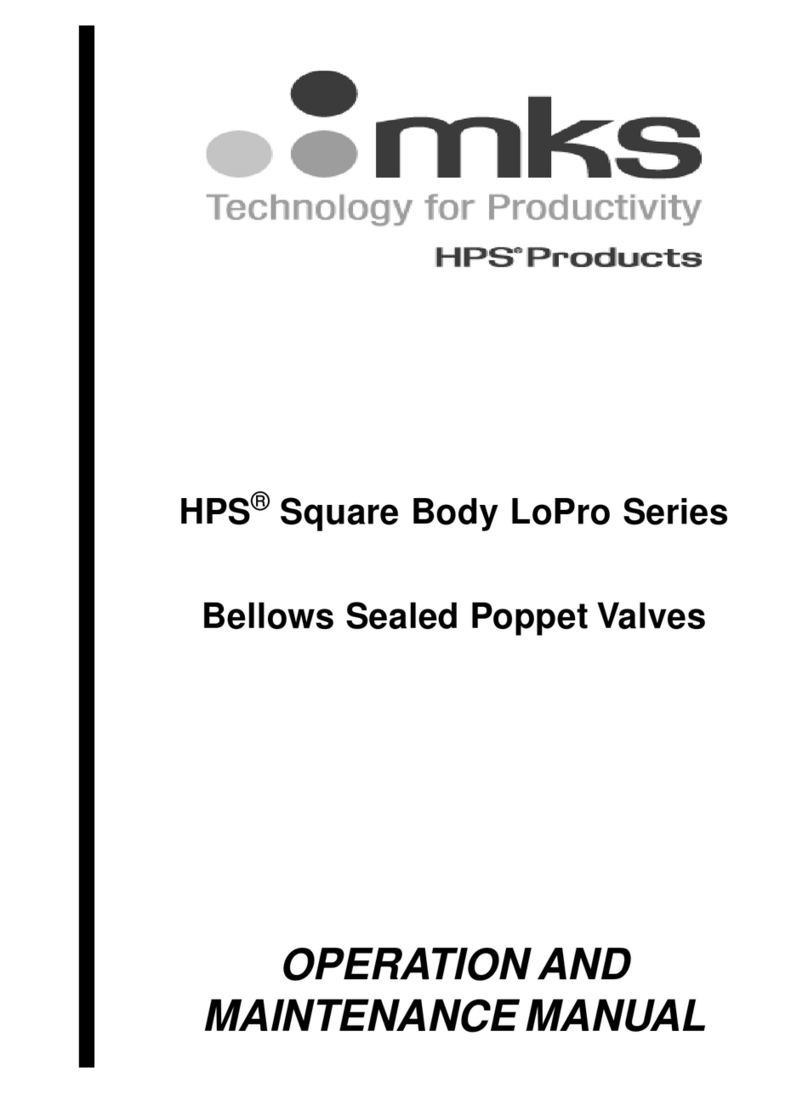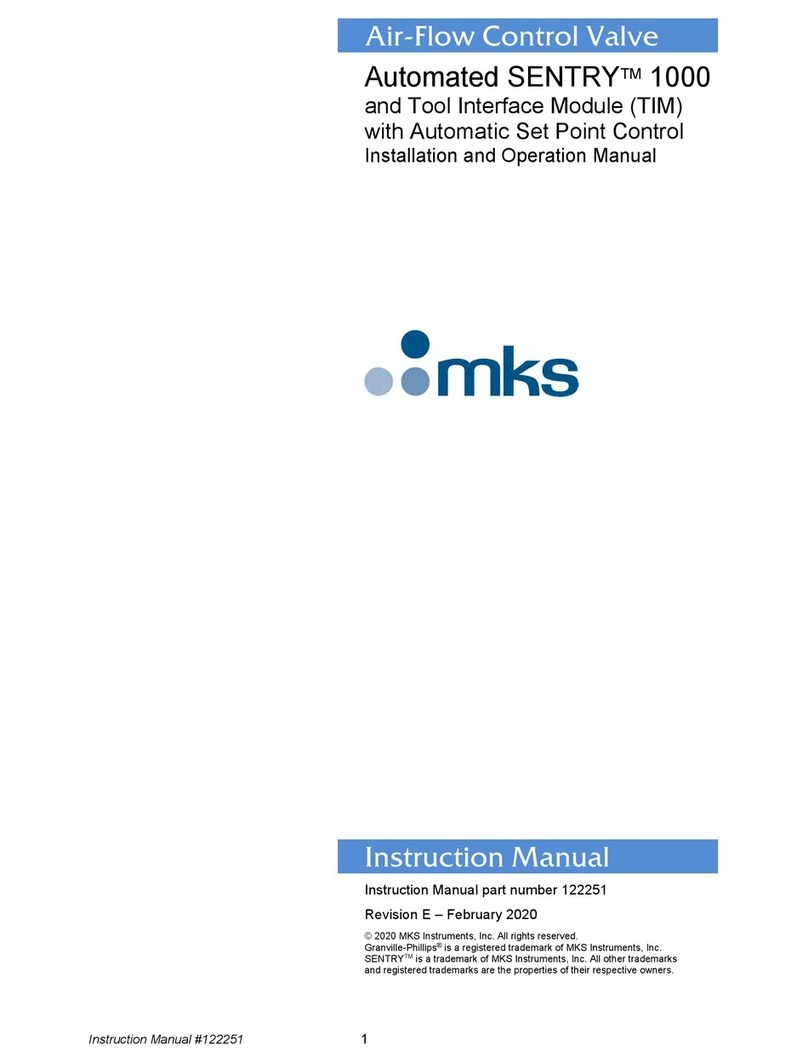
Chapter 1
8Micro-Ion®Module Instruction Manual - 356007-GP
practices regarding the content and appearance of safety signs, symbols,
and labels.
Each caution or warning statement explains:
a. The specific hazard that you must prevent or unsafe practice that you
must avoid,
b. The potential result of your failure to prevent the specified hazard or
avoid the unsafe practice, and
c. What you must do to prevent the specified hazardous result.
1.3 System Grounding Grounding, though simple, is very important! Be certain that ground circuits
are correctly used on your ion gauge power supplies, gauges, and vacuum
chambers, regardless of their manufacturer. Safe operation of vacuum
equipment requires grounding of all exposed conductors of the gauges, the
controller and the vacuum system. Lethal Voltages may be established
under some operating conditions unless correct grounding is provided.
Ion producing equipment, such as ionization gauges, mass spectrometers,
sputtering systems, etc., from many manufacturers may, under some
conditions, provide sufficient electrical conduction via a plasma to couple
a high voltage electrode potential to the vacuum chamber. If exposed
conductive parts of the gauge, controller, and chamber are not properly
grounded, they may attain a potential near that of the high voltage electrode
during this coupling. Potential fatal electrical shock could then occur
because of the high voltage between these exposed conductors and ground.
1.4 Explosion / Implosion Danger of injury to personnel and damage to equipment exists on all
vacuum systems that incorporate gas sources or involve processes capable
of pressuring the system above the limits it can safely withstand.
For example, danger of explosion in a vacuum system exists during
backfilling from pressurized gas cylinders because many vacuum devices
such as ionization gauge tubes, glass windows, glass belljars, etc., are not
designed to be pressurized.
Install suitable devices that will limit the pressure from external gas sources
to the level that the vacuum system can safely withstand. In addition, install
suitable pressure relief valves or rupture disks that will release pressure at a
level considerably below that pressure which the system can safely
withstand.
Suppliers of pressure relief valves and pressure relief disks can be located
via an online search, and are listed on ThomasNet.com under “Relief
Valves” and “Rupture Discs. Confirm that these safety devices are properly
installed before installing the Series 356 vacuum gauge module.
In addition, check that (1) the proper gas cylinders are installed, (2) gas
cylinder valve positions are correct on manual systems, and (3) the
automation is correct on automated systems.

